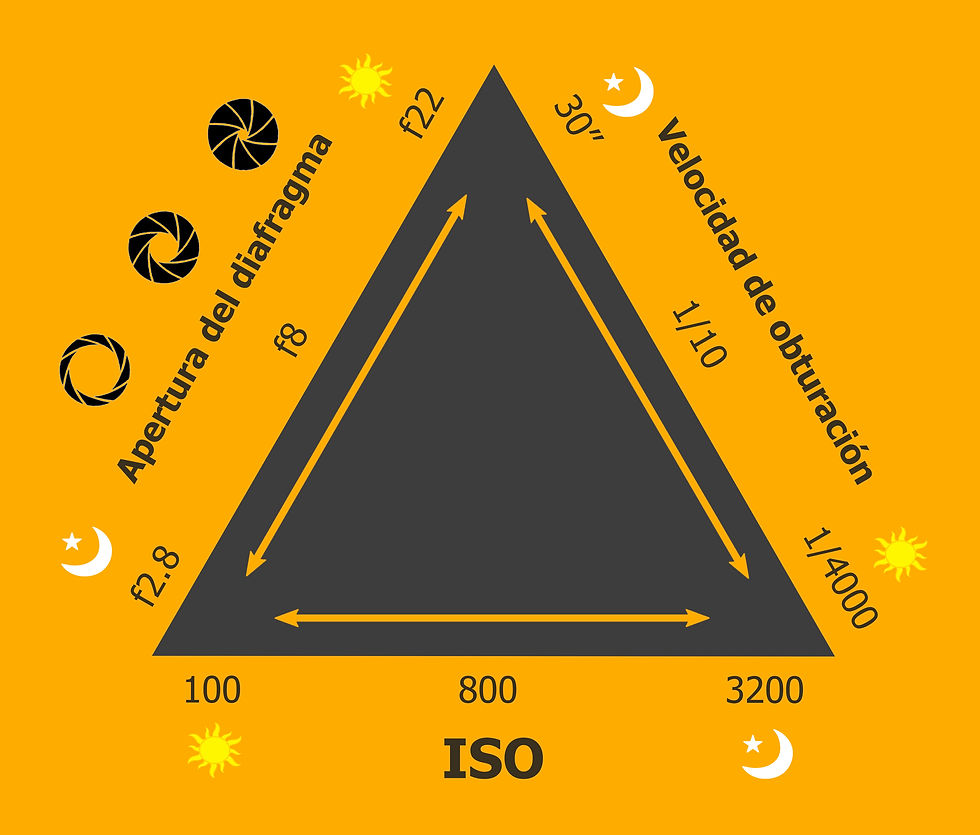Mastering Low-Light Photography: A Personal Journey
- David Surber

- Jun 19, 2024
- 3 min read
Updated: Jun 26, 2024
Have you ever felt the thrill of capturing stunning moments in low-light conditions? The dance of shadows, the subtle glow of lights - low-light photography holds a unique charm that truly sets it apart. As an avid photographer myself, I've navigated the challenges of shooting in dim settings and discovered some invaluable tips along the way. Join me on this personal journey as I unravel the secrets to mastering low-light photography.
Embracing the Darkness

Low-light situations often intimidate photographers, but embracing the darkness can lead to mesmerizing shots. Whether you are using a Cell Phone, Full-frame or APS-C camera from any major camera brand such as Sony, Canon, Nikon, or Fujifilm, the principles remain the same. Understanding your gear and its capabilities is key to conquering the shadows.
The Dance of ISO and Shutter Speed

One of the fundamental aspects of low-light photography is finding the right balance between ISO and shutter speed. The exposure triangle above is not in english but I felt it provided some great visual cues to each functions affect on light. A higher ISO allows more light to enter the camera but may introduce noise. Pairing it with a slower shutter speed can work wonders, but be mindful of motion blur. Experiment with different combinations to achieve the perfect exposure for your shot. Personally I would not worry about footing the extra bill for the f1.2 apeture lenses if the intent is soley low light photography or videography. If you are looking for extreme subject separation and bokeh...then by all means go for that f1.2. I have also found that f2.8 doesnt quite satisfy me from a bokeh or low light perspect. Generally, I prefer the less expensive f1.4 or f1.8 lenses. This allows me to keep my iso around 3200 to 6400 (mirrorless cameras can handle this just fine without introducing to much noise). Examples of this would be the Sony 50mm f1.4 GM versus the more expensive/heavier/larger Sony 50mm f1.2. Or the Canon RF 35mm f1.8 versus the more expensive/heavier/larger Canon RF 35mm f1.4. *The lighter setups are also more enjoyable for night time street photography.
Unleashing the Power of Wide Apertures
When light is scarce, a wide aperture can be your best friend. By opening up your lens to its maximum potential, you not only allow more light to hit the sensor but also create a beautiful bokeh effect that adds depth to your images. Don't be afraid to play around with shallow depths of field to add a touch of magic to your low-light captures.
Embracing Long Exposure Techniques
Long exposure photography in low light can yield spectacular results. From capturing light trails in the city to painting with light in nature, the possibilities are endless. Invest in a sturdy tripod, set your camera to bulb mode, and let your creativity flow. The mesmerizing effects of long exposure will leave you in awe of the nocturnal world around you. A nice aspect of thise technique is that you can execute some great long exposure shots with a kit lens or lenses that are f4 and above.

Harnessing the Magic of White Balance
White balance plays a crucial role in low-light photography, as artificial lights can cast unwanted hues on your images. Experiment with different white balance settings or consider shooting in RAW format to have more flexibility during post-processing. Adjusting the white balance can significantly enhance the mood and tone of your low-light shots.
The Art of Composition in Dim Light
Low-light settings offer a unique canvas for creative composition. Play with leading lines, silhouettes, and reflections to add interest to your photographs. Remember, sometimes less is more. Embrace the negative space, and let the minimalistic beauty of low light speak volumes in your images.
Conclusion: Illuminate Your Photography Journey
Embarking on the path of low-light photography is an adventure filled with challenges and rewards. As you delve into the realm of dimly lit landscapes and mysterious shadows, remember to experiment, learn from your mistakes, and most importantly, enjoy the process. With the right techniques and a creative mindset, you can illuminate even the darkest corners.
So, gear up, step into the twilight, and capture moments that transcend the boundaries of light and darkness. Let your passion for photography shine bright even in the dimmest of settings.
Master the art of low-light photography, and watch your images come to life in a symphony of shadows and light.
Whether you wield a Sony, Canon, Nikon, Fujifilm, etc in your hands, the magic of low-light photography awaits.
Let's capture light, one exposure at a time.
In this blog post, we explored the enchanting realm of low-light photography and delved into the tips and techniques.



Comments